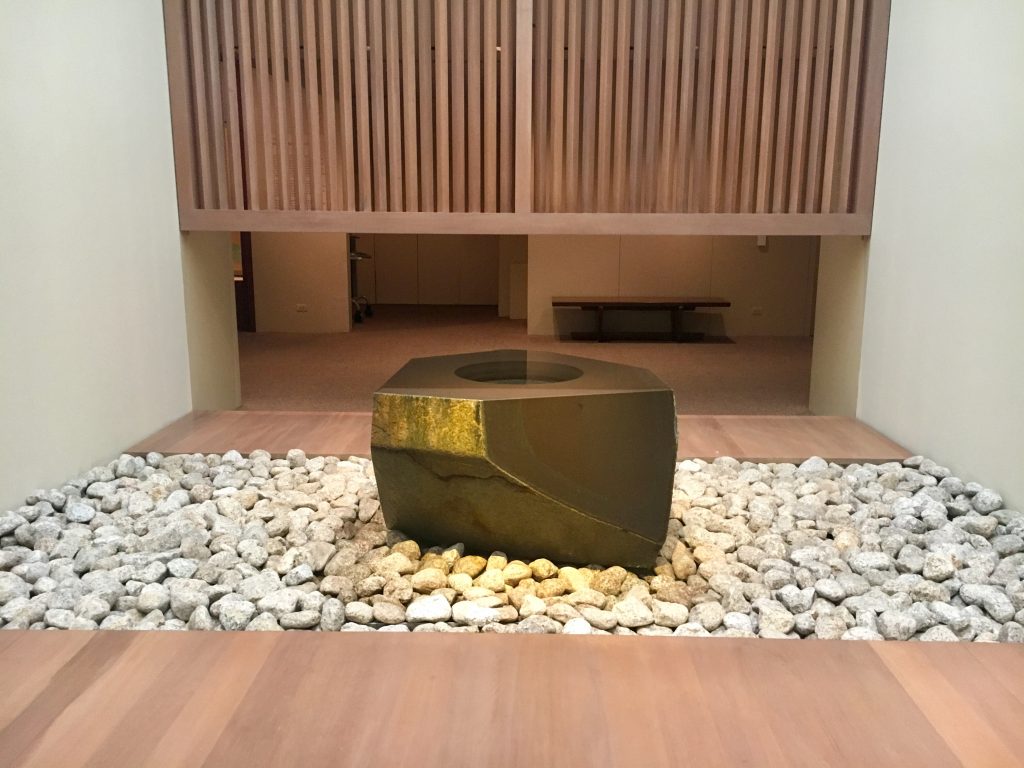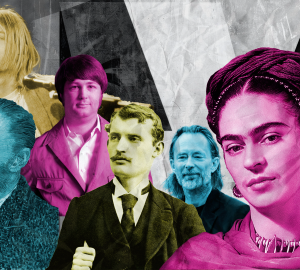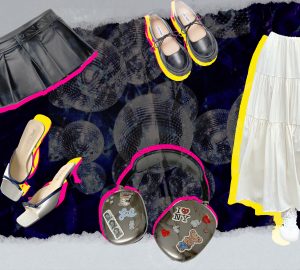Interview with The Met’s social media producer (part two)
Kimberly Drew is the senior social media producer at The Metropolitan Museum of Art and a social media influencer with 181,000 followers on Instagram. She has been featured in Vogue, Elle, Hyperallergic, WhoWhatWear, Artnet, New York Magazine’s The Cut and FastCo. Design. Follow her at @museummammy on Instagram and Twitter.
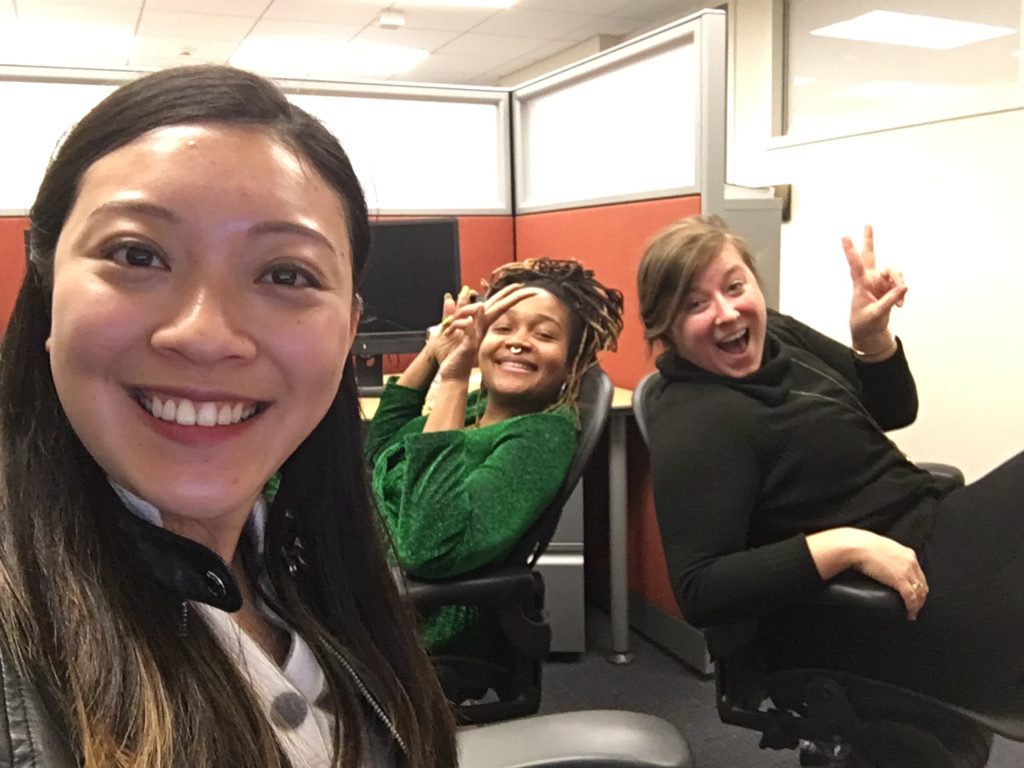
The Connector: Can you tell us your name and what your job is at The Met?
Drew: My name is Kimberly Drew. I have been managing the museum’s social media for the past three years. My title right now is social media manager, but when I started at the museum three years ago, I was the associate online community producer. That basically means throughout my career where I’ve been responsible for The Met’s digital footprint across social media.
The Connector: What accounts do you manage?
Drew: In my role now, I manage the Instagram account. A lot of my job is emailing more than social media.
The Connector: What kind of content do you upload to Instagram?
Drew: On Instagram, we have a great intern who helps us with our Instagram stories. Aside from that, on the profile page, we post highlights from exhibitions, historically relevant posts and share content from outside partners. Recently M2M, an important fashion channel, produced a video on Andrew Bolton as were heading up to the Costume Institute’s spring exhibition, “Heavenly Bodies: Fashion and the Catholic Imagination.” We posted a trailer for that on our account. In the past years, we have been trying to strategize pushing out more video content on our platform.
The Connector: You mentioned your job involves a lot of emailing, can you tell me a little about it?
Drew: It’s interesting because so much of social media — and anybody who works in social media will know this — is a lot of coordination that goes into any posts. Whether it’s observing or translating, there’s a lot of outreach that’s done just in face-to-face meetings, which is more my meeting style in general. There’s a lot of preparatory work that I do because we are all strategizing in covering all the bases — basically meaning we need to make sure our content calendar is robust enough to hold all the demands that come up in the museum. That could be education events, which could be exhibitions or trying to tell non-exhibition related stories about the museum. We have to be responsive to the day and be thoughtful about current events.
The Connector: Do you pitch content ideas or people pitch more ideas and come to you?
Drew: It’s a circular process. Tomorrow morning we are doing a Facebook Live with Betsy Kornhauser, the curator of the Thomas Cole’s “Journey: Atlantic Crossing” exhibition because there’s a work in our collection called “Moving Day.” Earlier in New York City, May 1 is a day when New Yorkers can move. So that story came across our desk because a member of our Met Live Arts team heard Kornhauser giving the exhibition tour. So sometimes it’s like, “people have great ideas,” and we make them come to life, or we get specific requests from curators about different opportunities. Sometimes it’s also driven by our department when we think, “we really want to do this Facebook Live tour in Spanish because we have an exhibition related to Spanish speaking communities.” The process works both ways.
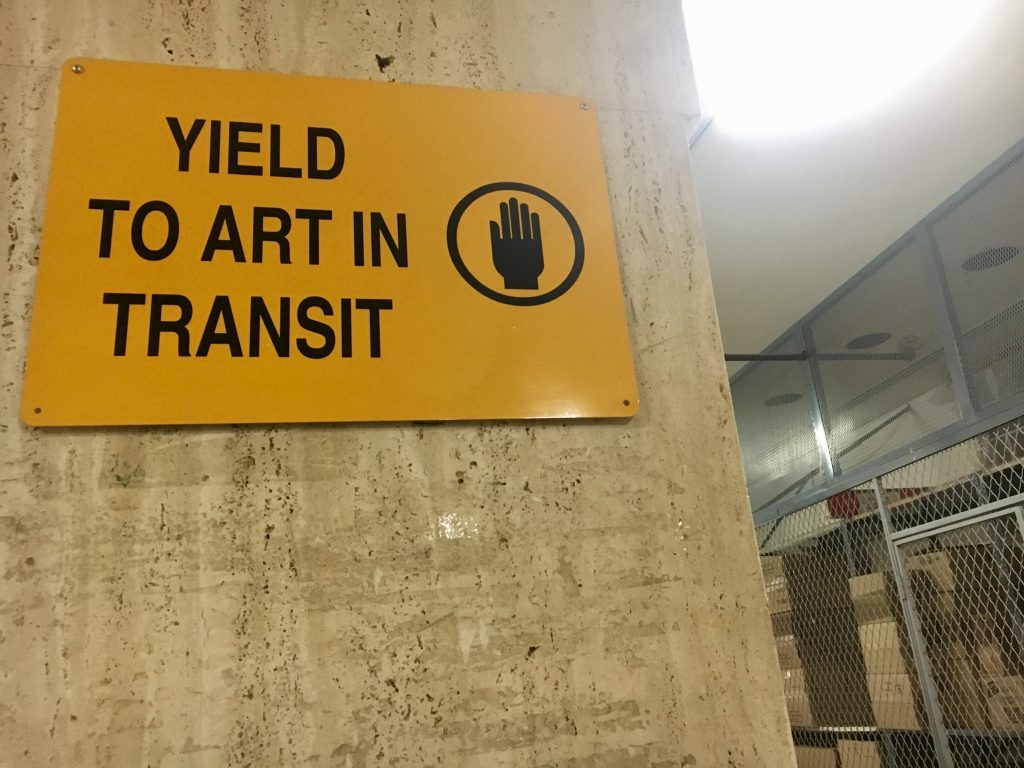
The Connector: How far does your content calendar go?
Drew: It’s built out by month. Today I had a meeting with the communications department, so I know what demands and requests they have in May or June and I know what I can populate in the calendar. But when it comes down to really fleshed out to the time, it’s just by a week by week basis. As a social media manager, I try to schedule things closer to the date than other people. Some people like to have the whole month booked out, and if you’re doing corporate social, that’s really important. But for us, a level of flexibility is always good.
The Connector: Spontaneity.
Drew: Yeah, and of course there are some things that are very consistent — we are always sharing two exhibitions on Twitter every day and there’s always going to be about three to four blog posts that go out on Facebook each week. There are some things that are locked in, but there is still a level of flexibility to keep the voice fresh and interesting.
The Connector: What was the hardest project you’ve ever worked on at The Met?
Drew: There are a few things. My first year at The Met, there were a lot of difficult challenges that came my way. I was just learning the ropes and we were introduced to new platforms on Facebook and we had to figure out how to use it. There was 360-degree view, which was really big and new at the time. When it became available to the platform, we had to strategize producing videos for that. Luckily our team was able to pass that on to the audio guide team. The other platform was Facebook Live. When that was introduced, it became abundantly clear to us that this would be a platform which we would be using. We wanted to have a publishing schedule that was competitive and afforded a high output and high return because we were getting so many views on the [regular] videos. It was stressful to try to pull them off in the beginning because anything can go wrong. Now, it’s broken down into a muscle memory kind of science, and it feels like nothing to do them. But when the platform was first introduced, anything could go wrong — like the sound, your phone or whatever.
The Connector: The social media’s up and down depends on the software and the hardware.
Drew: Exactly, and we learn from our usage. Now it’s a finely oiled machine, but at the time it was a little “mixy.”
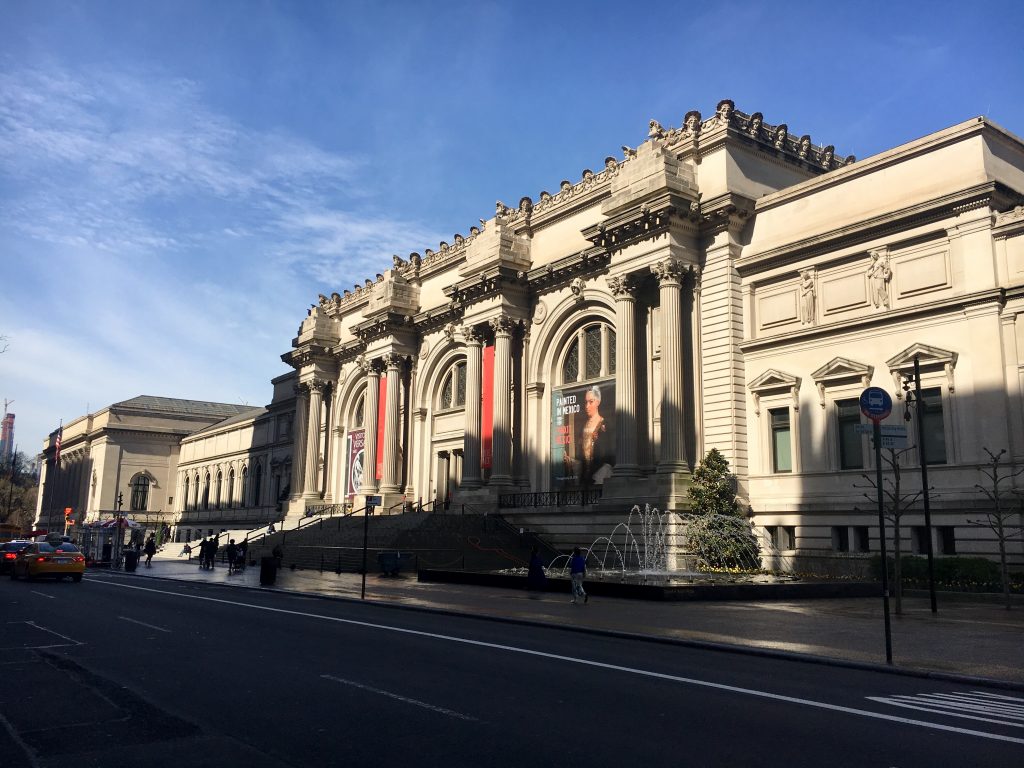
The Connector: What do you think the role of social media is with the arts in general? Do you feel there is a tension between social media and museum, because it’s a relatively new thing compared to the arts, which have been around for 2,000 years, and social media has only been popular in the recent 20 years? Do you think there are some resistances from museums to get stuff on social media?
Drew: To answer the question “what role does social media play in museums” and specifically in art spaces, is it’s one of the first opportunities for institutions to be truly dialogical with their communities. If someone asks the museum a question, the museum can talk back. How a museum can talk back or engage is to continue to expand as these platforms mature. Even thinking about the distances between the earliest museum tweets, up until Facebook Live, there’s a new level of intimacy that is afforded to an audience. That intimacy is a direct challenge to the way museums operate, because traditionally they are spaces where there is such a high premium on privacy, and a lot of big-scale things take a long time to happen. It’s not as quick of a pace as it might seem. Exhibitions are in the cooker for three or four years, especially at an institution like The Met.
The Connector: The exhibition “Michelangelo: Divine Draftsman and Designer” was eight years in the making.
Drew: Yea, Michelangelo was a lifelong commitment for Carmen Bambach, the curator of the exhibition. So how do you take an idea that’s older than a platform and translate it? It’s cool because we are seeing such a benefit for creating awareness around what we are doing. I personally have taken social media as a way to provide people with a primary vocabulary for art, because even thinking about talking to the museum and the museum could talk back makes the museum such an agile space, as opposed to this really rich, hardened, elitist institution.
There was a mom that came into the museum and had a bad experience, and we could reach out to her and say, “hey we have these resources for mothers, you can breastfeed wherever you want in the museum” — that type of communication. That level of communication would not have happened before social media. It’s an expansion of how we do the job that we do. I’ve always seen it as a continuation of this lineage of how museum matures. Museums get bigger and bigger as time goes on, just different in the virtue of how, especially for museums that collect. Social media fits in very well. It just feels a little off because I don’t think people were ready for it and to get up to speed.
The Connector: I guess people who are using social media — especially millennials and we have a lot of middle-aged people on Facebook — are more comfortable with social media. But what do you think about people in the institution? Those people can be a little bit more traditional. Do you think there is resistance?
Drew: No, I don’t really think there’s a resistance here. I was talking to another colleague about this today. I think there’s underlying anxiety that we all feel in being more visible. Visibility is a vulnerability when communicating across social media because things can be misunderstood and consumed in ways one never imagines. I think whenever I talk to someone who is curious about social media but isn’t on it, I constantly think about what the thing is that’s holding them back. Much less in a desire to do it or not, I think people are just hesitant more than resistant.
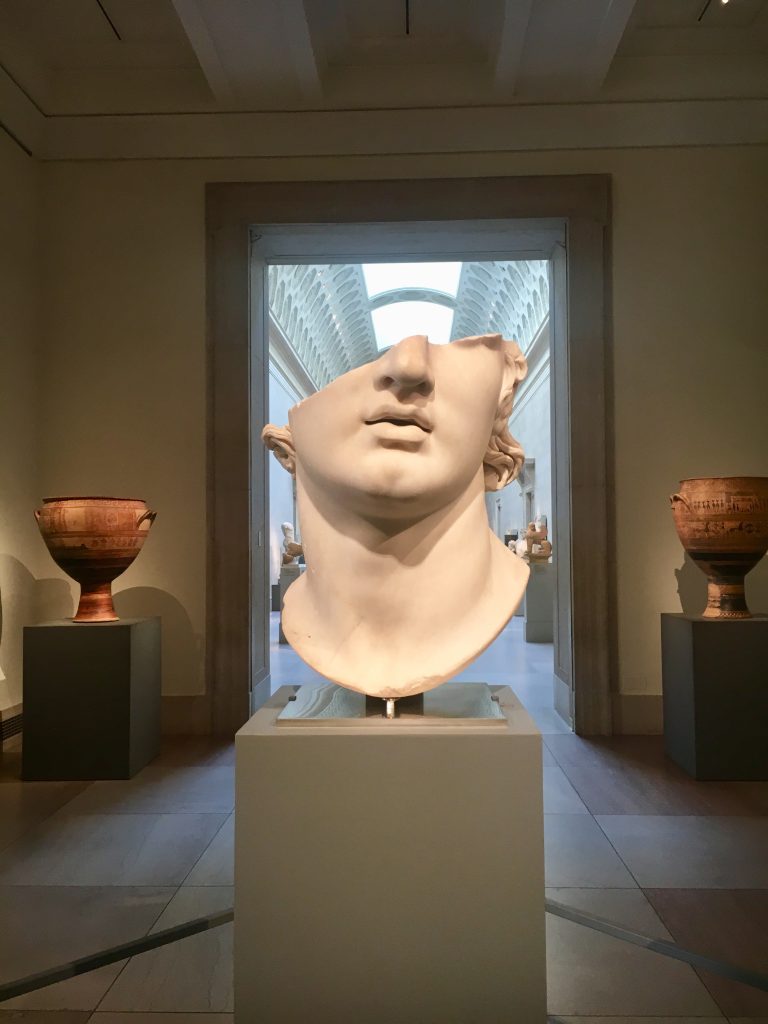
The Connector: What would you say the role of museums is in our current world?
Drew: It’s an interesting one. My feelings on art museums have actually changed significantly over the last year because I realized that people come to museums as a treat to themselves. I’ve never thought that way because whenever I’m in an art space, it’s always work. I’m always thinking and on hyperdrive. There are no relaxing museum experiences for me. I think the role of museums is to restore, engage and provoke. It’s an opportunity for us to gain a deeper understanding of history.
People say “now more than ever” in relation to politics a lot, which is the worst. But I think that museums are awesome in the era of “now more than ever” because you could look at images of protests from all time periods in our photography collection, and look at all the ways in which government has operated. You can look at all the ways people have survived and thrived after some incredibly terrible sh*t. Innovation, growth, possibility — there’s just such an abundance of what humankind has done, and that happens in museum spaces. I feel like there’s a particular urgency around understanding humanity and the human condition that museums can provide.
